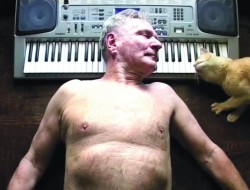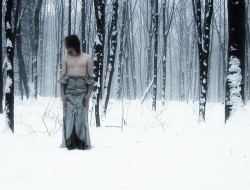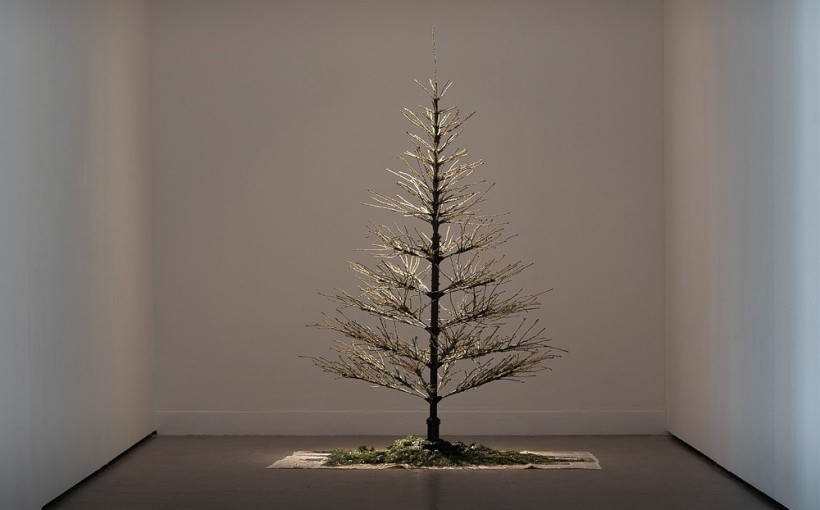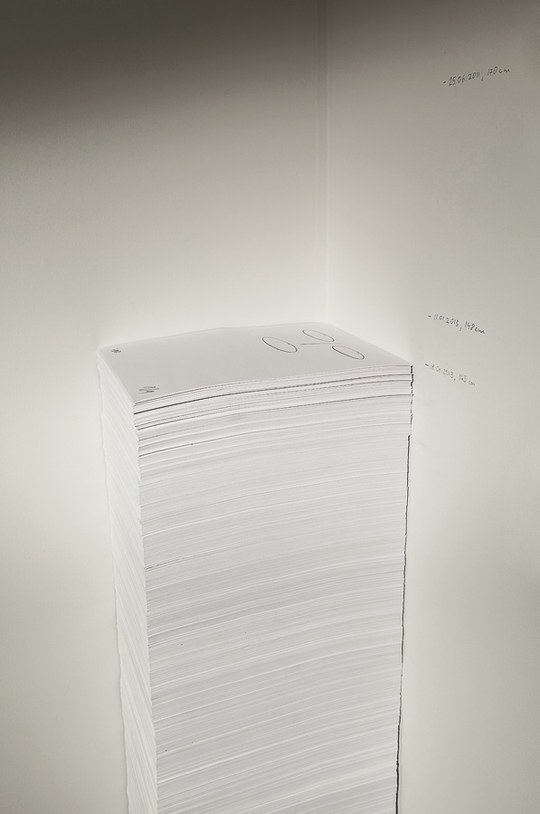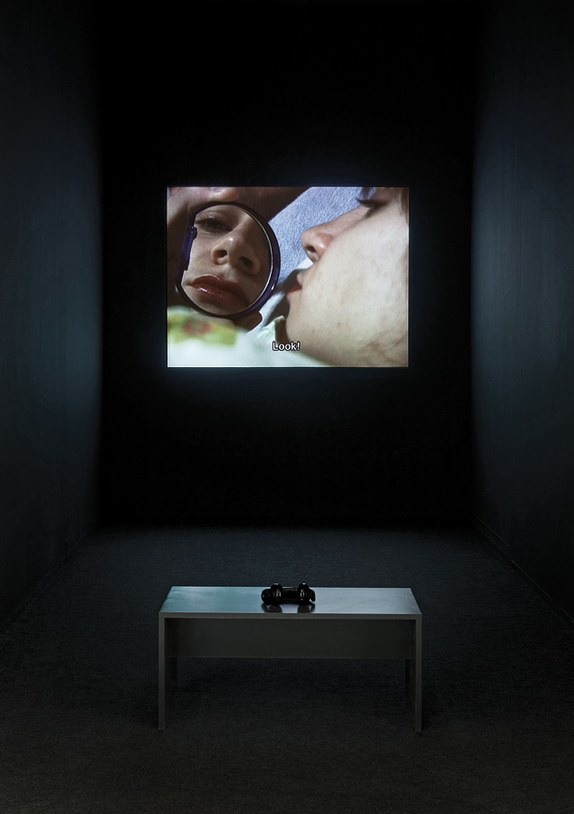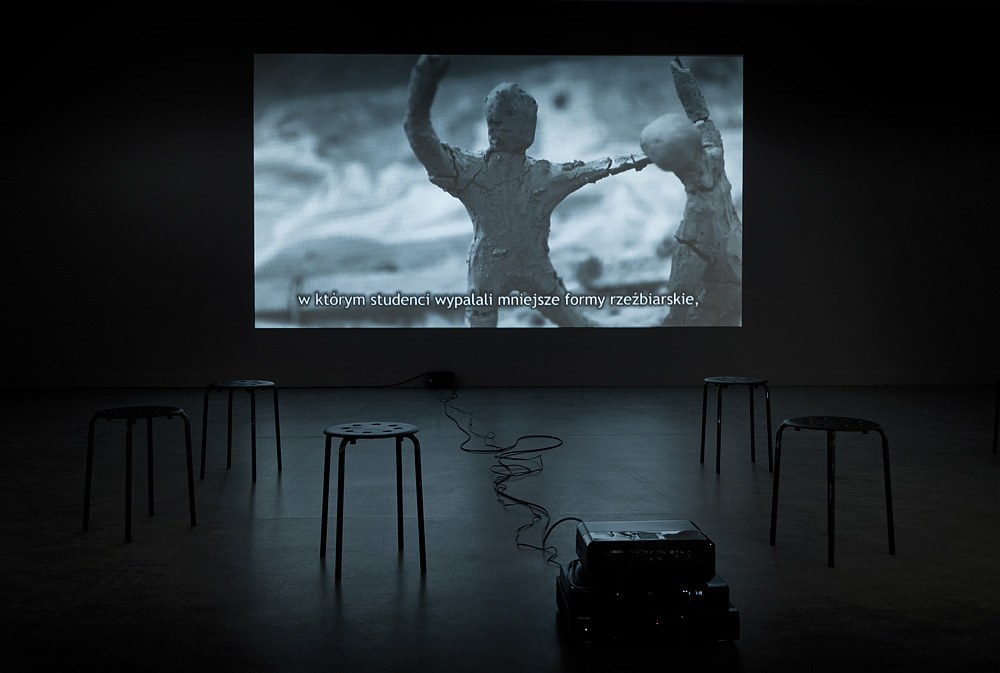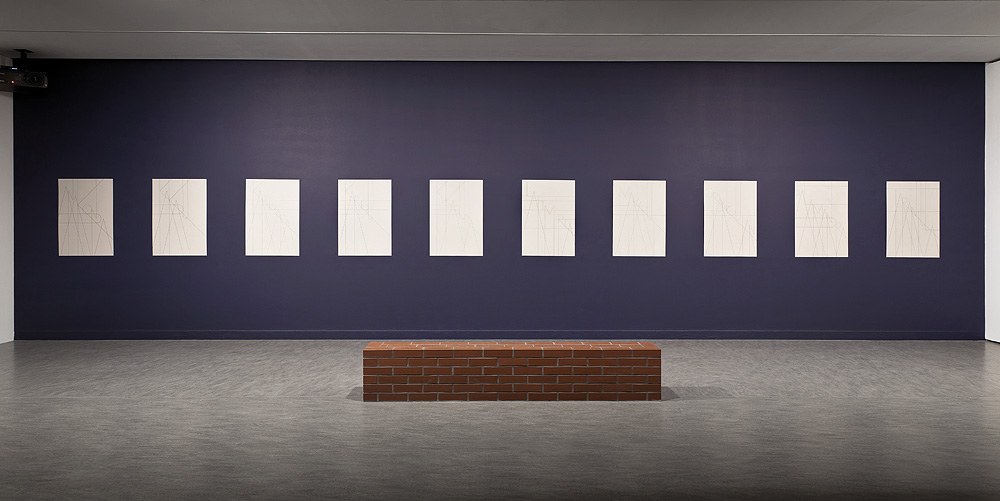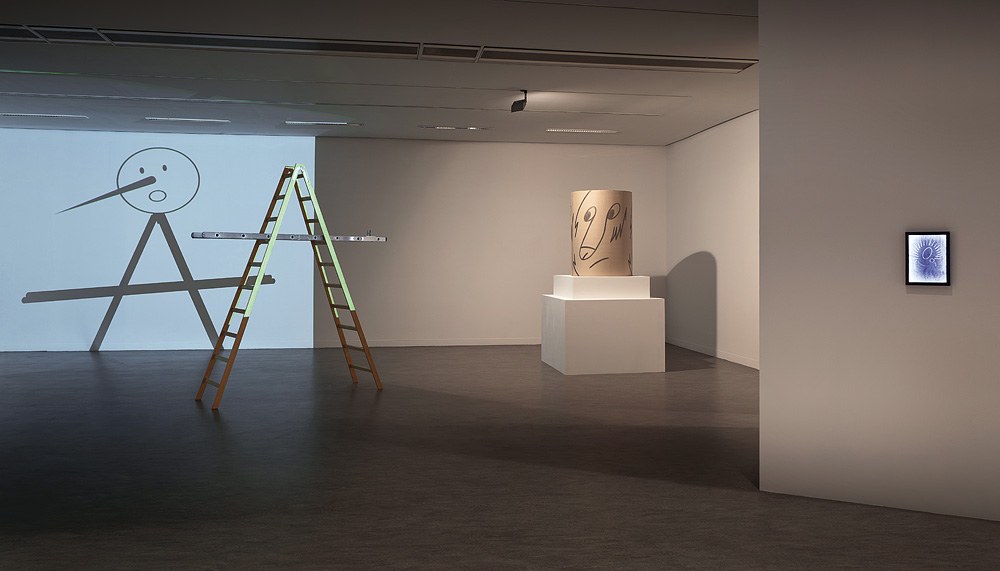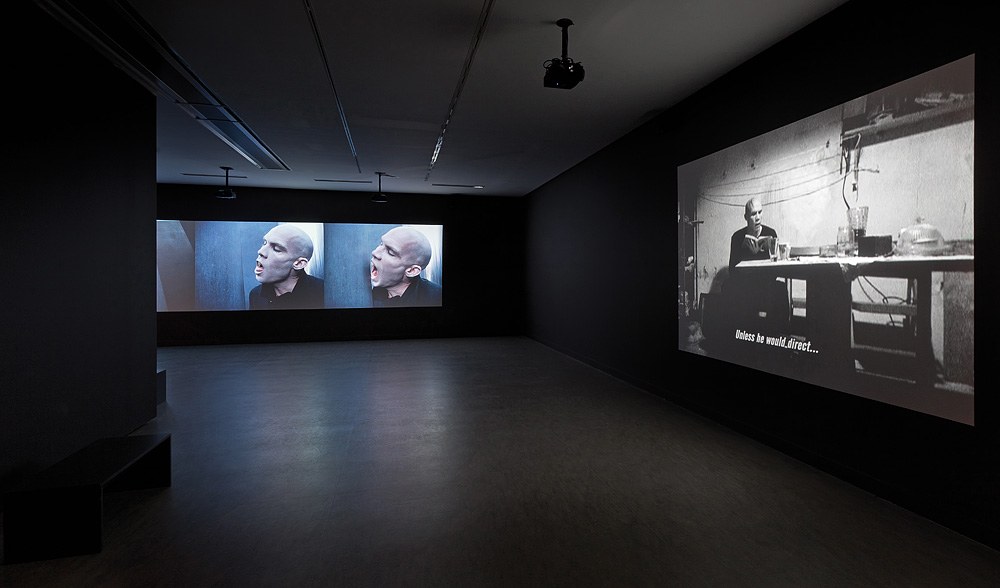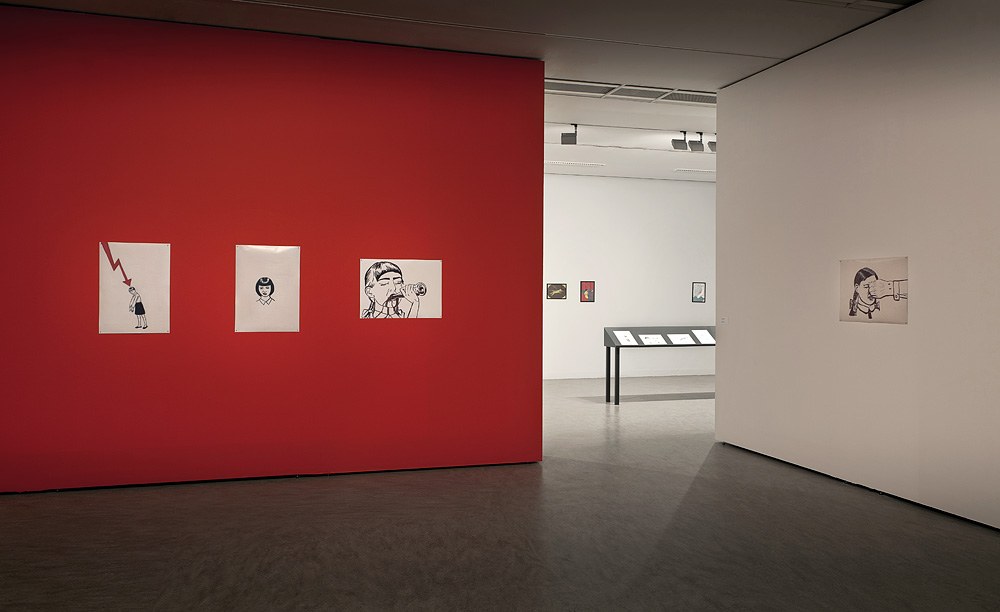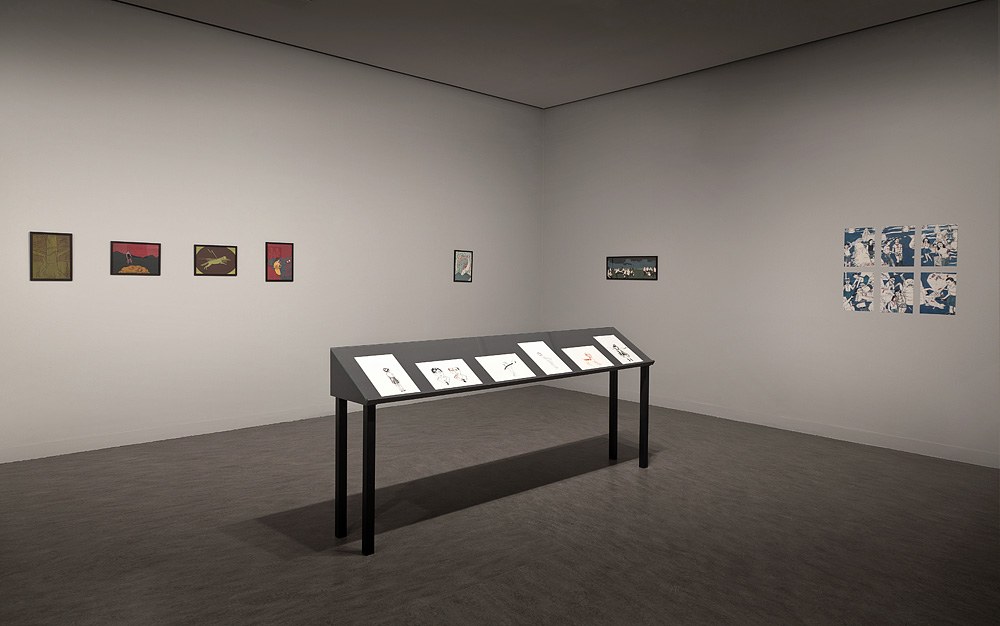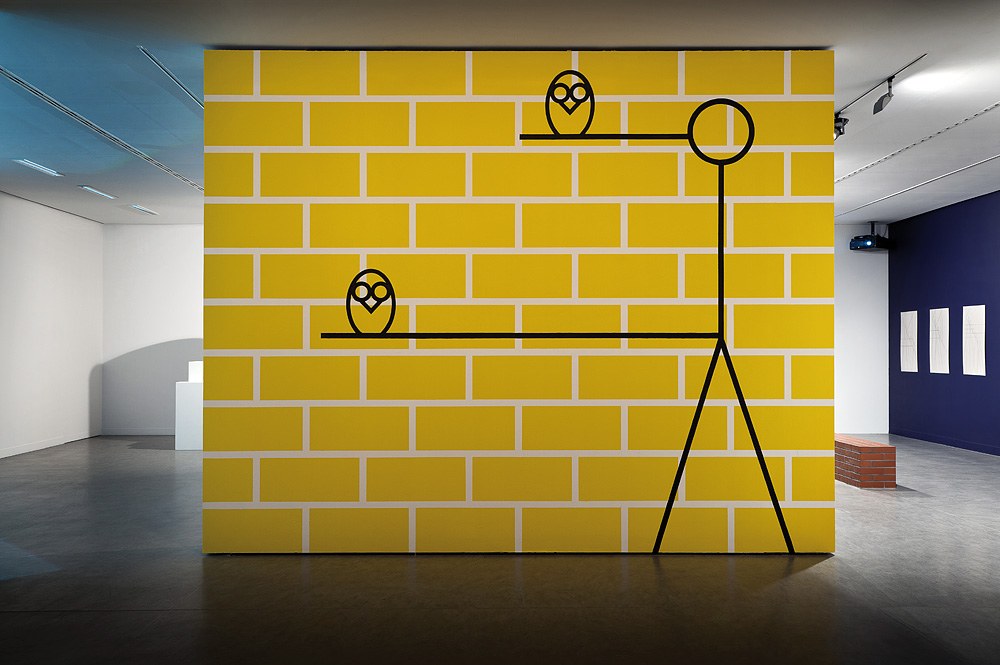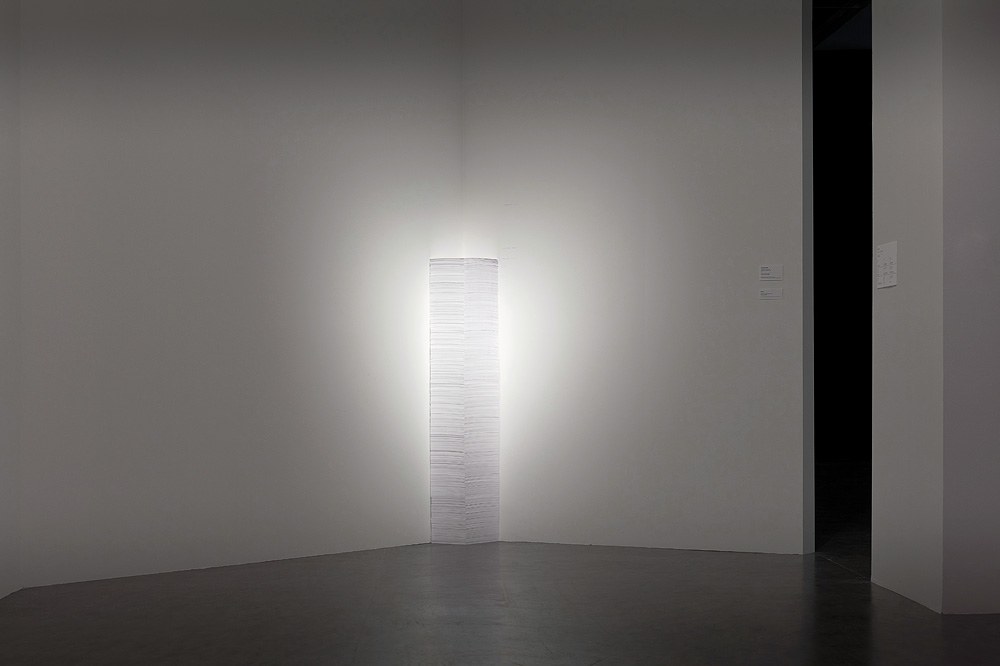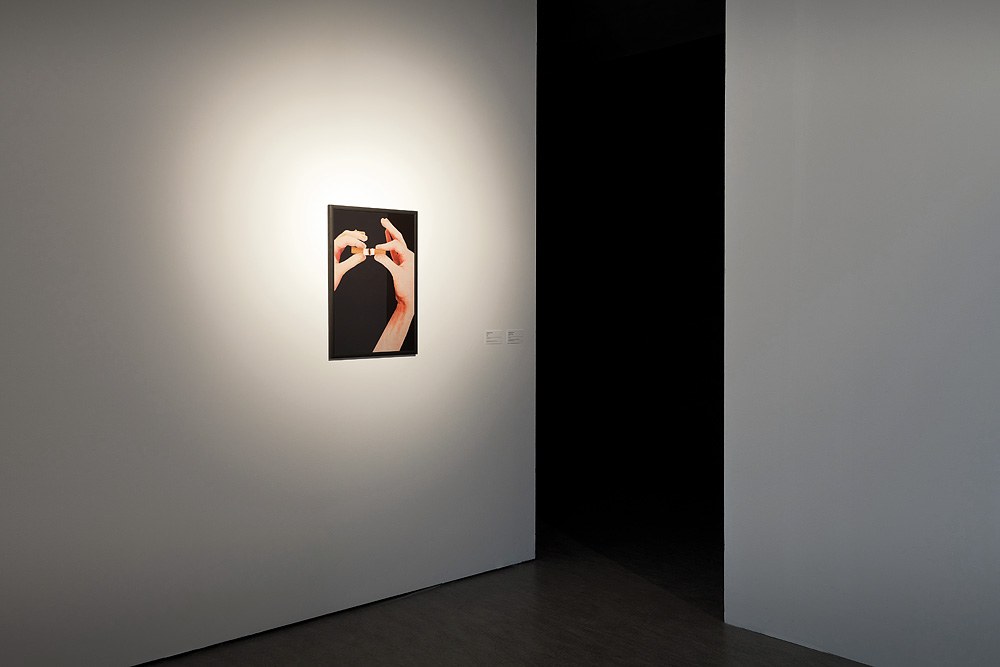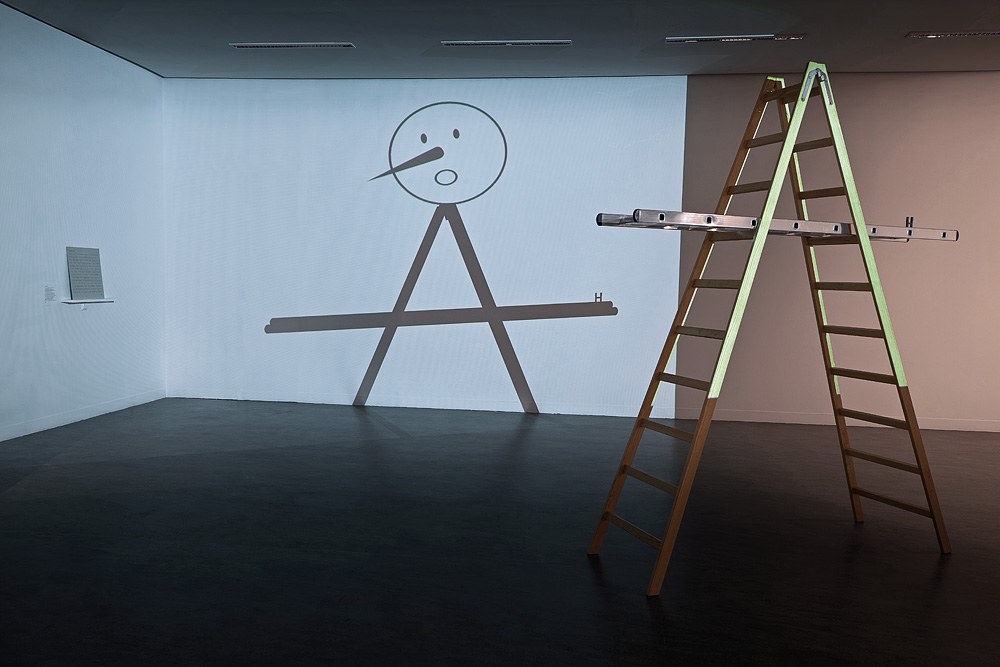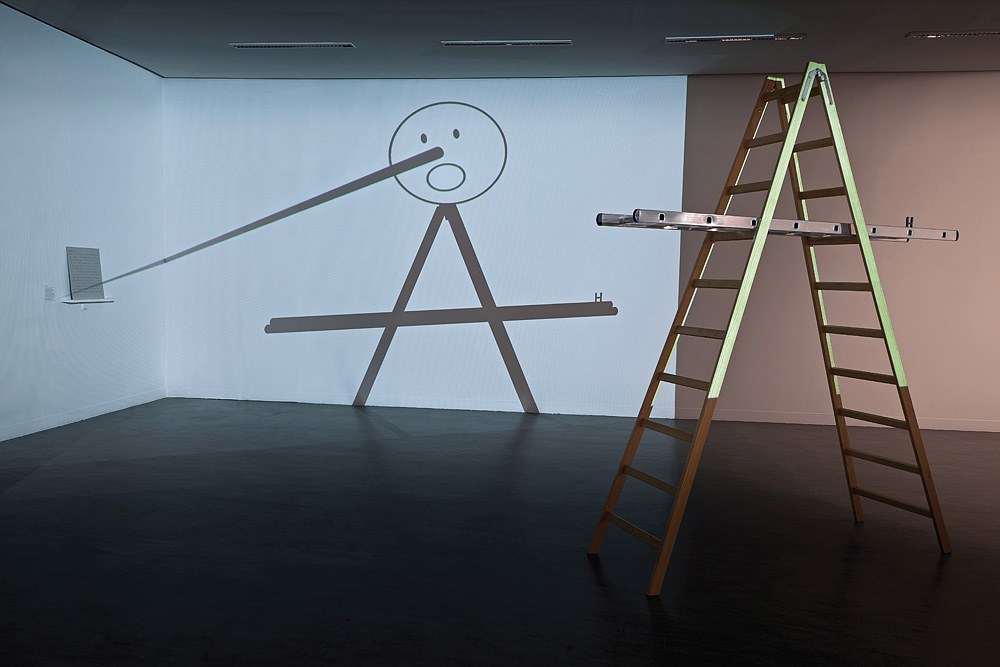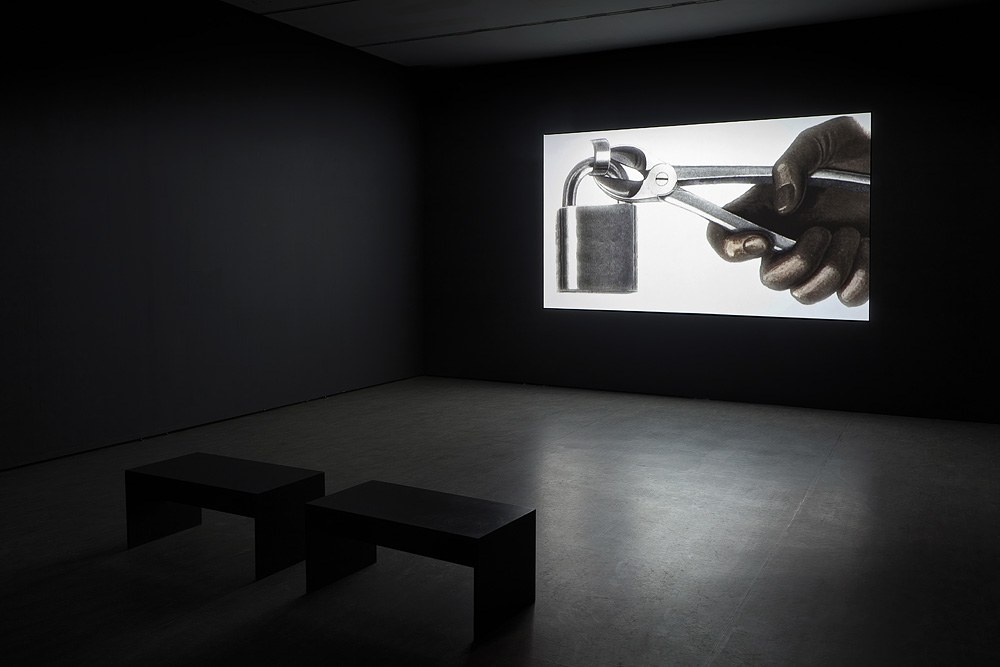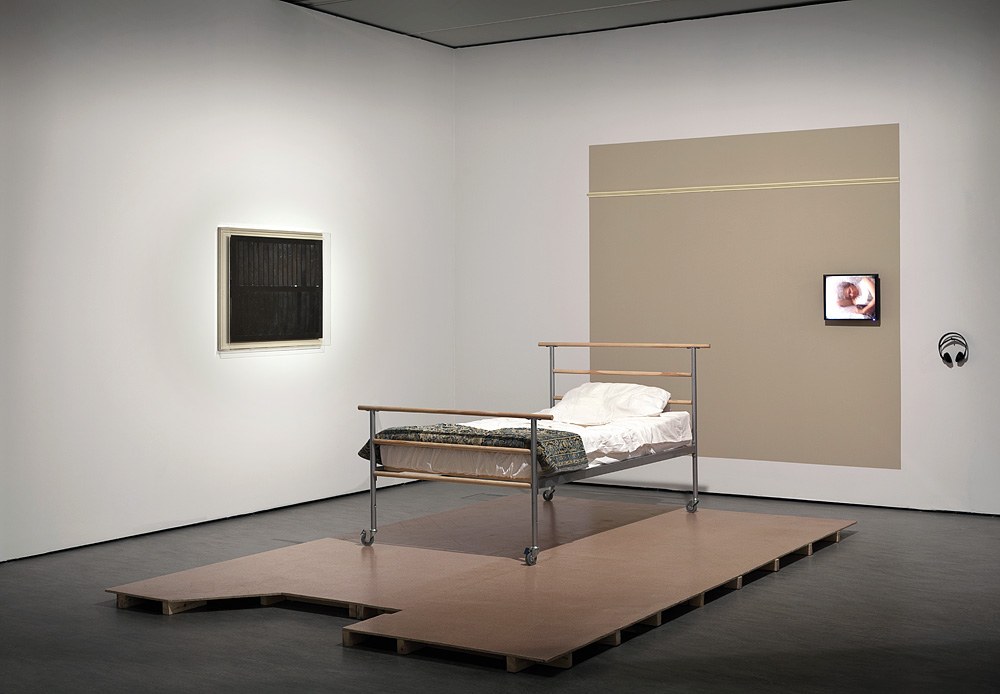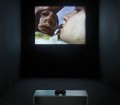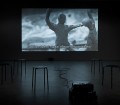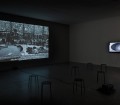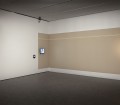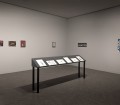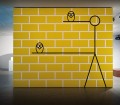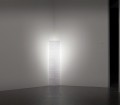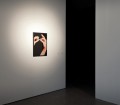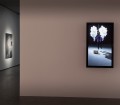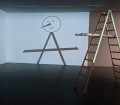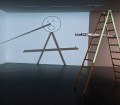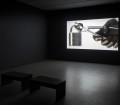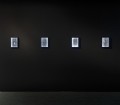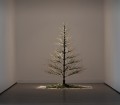Focus Poland Project 3
exhibition opening: Friday, 11th January 2013, 7 pm
artists: Oskar Dawicki, Jacek Malinowski, Agnieszka Polska, Aleksandra Waliszewska, Honza Zamojski
Curated by: Friederike Fast
From January until March 2013, the Centre for Contemporary Art (CoCA) in Toruń will be hosting the Take 5 exhibition. Part of the Focus Poland project, the spotlight is for the third time placed on the Polish art scene. Unlike the previous solo presentations of works by Marzena Nowak (2011, curated by Rainer Fuchs, MUMOK Vienna, Austria) and Agnieszka Kurant (2012, curated by Joanna Sandel, Botkyrka konsthall, Sweden), Take 5 features a small group of Polish artists: Oskar Dawicki (1971), Jacek Malinowski (1964), Agnieszka Polska (1985), Aleksandra Waliszewska (1976) and Honza Zamojski (1981).
The exhibition reflects the lively, diverse Polish art scene, offering a personal insight into this particular sphere of a society in the grip of dynamic development. Despite the significant differences between the participating artists in terms of their work and their background, they share a special ability to sensitively or even probingly question their environment and their role as artists while lightly skipping over the boundaries of human logic. Clear visions are fused with dark, distorted images of reality. Aspects such as fact and fiction, originality and imitation, failure and magic are recurring themes of this existential analysis. And the artists keep slipping into the role of ingenious charlatan in order to cope almost acrobatically with the heaviness of being.
Take 5 includes both existing works and others created especially for the exhibition. The show has been devised in close dialogue with many Polish artists and creatives, and is hence the result of a complex process of focusing and defocusing. It represents a snapshot which, like a film or a sound recording (a take), resounds in its characteristic polyphony.
Artists:
Oskar Dawicki (b. in 1971, lives and works in Warsaw)
In addition to his objects, installations, photographs and videos, Oskar Dawicki operates as a performance artist. Dressed as an entertainer or a magician in a blue sparkly jacket, he gets caught up in absurd situations and runs up against the limits of artistic creativity, going as far as staging his own death by hanging. Oskar Dawicki’s work is characterized by the curious relationship between entertainment, magic and disquiet, inaction and even failure. Children’s cries are directed to viewers at the entrance of the museum. This sound installation of Oskar Dawicki refers to the reaction of parents who almost unconsciously care about their needy and help-seeking children. Dawicki which constantly deals in his works with questions of his own artistic identity, refers metaphorically to the figure of the artist, who must somehow survive in the “pool full of sharks” of today’s art market but also is dependent on their help. In the work After Christmas Forever – an artificial Christmas tree, which has lost needles – the artist seems to freeze forever morose, after-Christmas mood, making from this object a symbol of the social depression. Mortality is an old chestnut in art. In Hangman he deals with it not just by staging his own death but also surprisingly combining the macabre image of the suicide with the romantic motif of a balloon seller: “Each of us is born with a rope around the neck, like the balloonist here: as children, we can’t feel it because the balloons keep lifting us high above the ground. As time goes by and we get older, there are fewer and fewer balloons to hold us and the rope tightens.”
Oskar Dawicki studied visual arts at Nicolaus Copernicus University in Toruń. He has been a member of the Azorro group since 2001.
Jacek Malinowski (b. in 1964, lives and works in Warsaw)
Jacek Malinowksi’s “fake documentaries” exist in a disquieting state of uncertainty between fact and fiction. They serve as metaphors for existential questions of society, the subjects of his work including aging and disease, loving relationships and everyday heroes. The two-part film Nosferatu. The Fearful Dictator by Jacek Malinowski was inspired by great cinema icons like Bram Stoker’s Dracula (1992),Nosferatu: A Symphony of Horror by F.W. Murnau (1922) and Nosferatu: Phantom of the Night by Werner Herzog (1979). Despite using traditional techniques of horror films which occasionally raise a smile among the audience, the figure of the ‘gloomy contemporary’ becomes an impressive symbol of potential evil in the past, present and future. In Simulation artist enters the private sphere of a couple that is played by professional actors. The man carefully takes care of a woman who, for unknown reasons, friezes in spasm. Artist conducted an interview with them in Cinéma Vérité style and makes the surprising turn in the film: while emotionally moving images of care and love go to background, in the center of attention appear questions about voyeurism and mutual dependence.
Malinowski studied sculpture at the Academy of Fine Arts in Warsaw and visual arts at the Mason Gross School of the Arts/Rutgers University, USA.
Agnieszka Polska (b. in 1985, lives and works in Warsaw and Berlin)
Agnieszka Polska’s collages and animations usher in a dreamlike, gloomy atmosphere in which autobiography and art history, fact and fiction intermingle. The work Plunderer’s Dream referes to the figure of the plunderer who searched abandoned houses for valuables during the war. The image of a master thief can also be interpreted as a symbol of her own style of work, in which she makes use of images created by others. The awarded video How the Work Is Done is a fake-document that refers to the events of 1956: then students of Cracow Academy of Fine Arts occupy sculpture and ceramics studio to join some kind of a political strike. They had been there for several days and nights, thinking about the revolutionary power which lies in the creative work.
Agnieszka Polska studied graphic design at the Academy of Fine Arts in Krakow and Fine Arts at the Berlin University of the Arts.
Aleksandra Waliszewska (b. in 1976, lives and works in Warsaw)
Although Aleksandra Waliszewska’s paintings are immediately reminiscent of the great historical masters such as Hieronymus Bosch, Francisco de Goya and even mediaeval art, she develops a disturbing surreal imagery all of her own poised between mysterious visions and shocking nightmares. She rarely breaks the convention of intimate size which express an entire image of the universe: magic rituals, creatures and naive fairy-tale scenes from children’s books are combined here with the obvious representations of disturbing and destructive activities that do not avoid the obscene allusions. Also her painting technique sometimes appears extremely direct or even naive before surprising us with its detailed, virtuoso execution.
Aleksandra Waliszewska is a graduate of the Academy of Fine Arts in Warsaw.
Honza Zamojski (b. in 1981, lives and works in Poznań)
The self-portrait in the form of an installation, a temporary intervention in the appearance of an island, or a recurring drawing of a stick figure: based on his own biography, Honza Zamojski reflects the conditions of artistic creation (not only of his own work): “I create my works around a number of complementary notions such as: CHANCE, ORDER, ITERABILITY, TEMPORARINESS. I take advantage of apparent opposites in the field of art, where the impossible becomes everyday practice, and frequently the very process of creation of and reflection on a project proves more important than the final result. All of my works are based on my personal experience and observations, histories and phobias. I am neither involved nor wish to be involved in art that is ‘objective’ as to content and neutral as to form.”
Honza Zamojski studied graphic design and visual communication, philosophy and cultural studies in Poznań. Apart from his artistic activity, he is a co-founder of Gallery Starter in Poznań and heads the Morava publishing house.
Friederike Fast (b. in 1975) has worked at Museum Marta Herford since 2004 and since 2007 she has curated and cocurated various exhibitions, including Guillaume Bruère – GIOM Millipede (2012), Atelier + Kitchen = Laboratories of the Senses (2012), Nezaket Ekici: Personal Map (to be continued …) (2011), We are all Astronauts – Universe Richard Buckminster Fuller reflected in contemporary art (2011), Martin Walde. Unken (2010), Dennis Oppenheim: Electric Kisses (2009) and Max Bill: no beginning no end (2008). Alongside numerous publications related to the exhibitions, she has also published essays in for example Jonathan Meese. Totalste Graphik (2011).
 The Institution is funded from the budget of Toruń Municipality
The Institution is funded from the budget of Toruń Municipality
